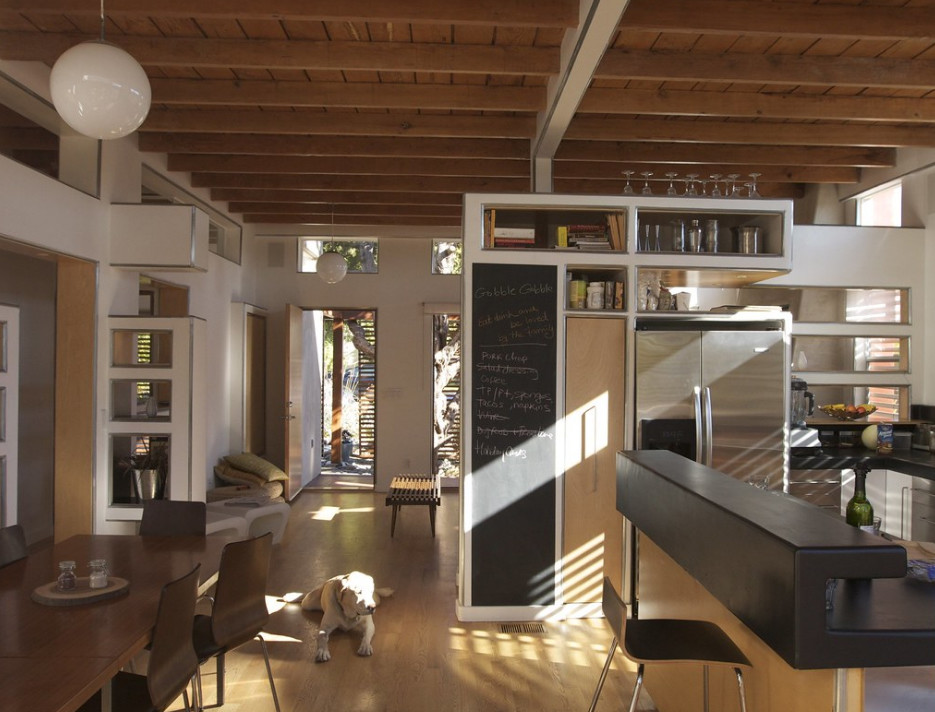
A Home Renovators Guide to Construction Safety
House Exterior, London
A Home Renovators Guide to Construction Safety
Renovating your home is a whirlwind of emotions. Excitement over the possibilities, confusion over the best way to do things and fear over the potential challenges. With so many aspects to consider and emotions to deal with, one of the most important areas can often be overlooked.
When planning and undertaking a project safety should be one of your primary concerns. It may seem to most of us that site safety is the reserve of big construction companies and big construction firms. After all, as home renovators, we are not under the same level of scrutiny to keep our sites and people safe.
But can safety really be more important in one case than the other? Not when there are people involved. Even if the project will be undertaken completely on your own, it is within your interest to keep your site safe.
Here is why…
Why Safety Matters
The first and most obvious reason why you need to consider safety throughout your home renovation is the potential risk to human health and life. This is especially true when you are working with others such as friends, family or builder who are helping you get the job done. By ensuring a safe site, you are limiting the potential for something to go wrong and for someone to get hurt.
The potential for someone getting hurt on site can also negatively impact the project as a whole. For example, if safety is poor and an injury occurs, this is very likely to increase the time it takes to get the project done. This, in turn, can also lead to increased costs for additional short-notice labour, machine hire and even potential legal costs.
Poor site safety can also lead to the current or new structures being damaged, again leading to more unforeseen time and cost investments.
With all this in mind, undertaking home renovations can seem a daunting task. But with good project management and a few smart safety considerations, we can easily create great buildings and add value to our home.
Good Project Management
The best way to properly manage the safety of your home renovation is byapplying great project management. When you are undertaking your own home renovations, it is your responsibility to correctly manage the project and the safety implications that go along with it.
Doing this will involve creating a project plan ahead of time to ensure you are aware of every step of your renovation and when it is going to happen. A great practice during planning is to undertake a risk assessment at each and every stage. For example, some stages may be more dangerous than others and therefore require further considerations.
Safety First
Project safety should begin before the project even starts and should be built into every action you take during planning and execution.
For example, when picking those who will be supporting you with the project, whether they are builders, friends or family, you should consider their knowledge of best practices and whether they are likely to cause any concern when on site.
When selecting builders, it is worth checking any training or certification they hold to ensure they are qualified and competent in executing the more technical and dangerous tasks.
Large scale home renovations can often take over an entire home. For this reason, it is usually a good idea to put many of your possessions in storage to keep them safe and to clear space for the work to be carried out. Ensuring you schedule clearing and storing your possessions ahead of time will limit the risk of initial work being carried out in a clutteredenvironment.
Keep Dangerous Areas Secure
Once the building work has commenced, keeping all individuals on-site safe is of paramount importance. If planning has been executed properly then this should be as simple as following the plan.
Of course, as the building work progresses, new and unforeseen issues can often occur. Consistent onsite monitoring will also ensure that these are caught and remedied quickly. Schedule regular site ‘safety visits’ to cast your eye over any new potential issues.
It is possible to plan for the unplanned. For example, keeping some temporary mesh fencing on site can be a good way to quickly cordon offunsafe areas to warn site users of the potential danger.
The same mesh fencing can also be used to serve a secondary purpose. Although your project safety planning will likely focus on keeping designated site users safe, you also need to consider the fact that others may wander onto your site uninvited. This is especially common when your site is open to the general public in any way.
By using fencing such as those used for crowd control barriers you set a clear boundary to your site and make it difficult to enter by dubious means. In areas where uninvited individuals are more likely to ‘find’ their way on-site, it may also be worth installing cameras as a deterrent and as a way to notify you of any off-hours activity.
By following the guidelines we have laid out here you can ensure that your home renovation is safe and seamless. By ensuring planning is correctly undertaken, it can ensure unforeseen issues are less likely to occur. Freeing up your time to focus on the bigger picture.
